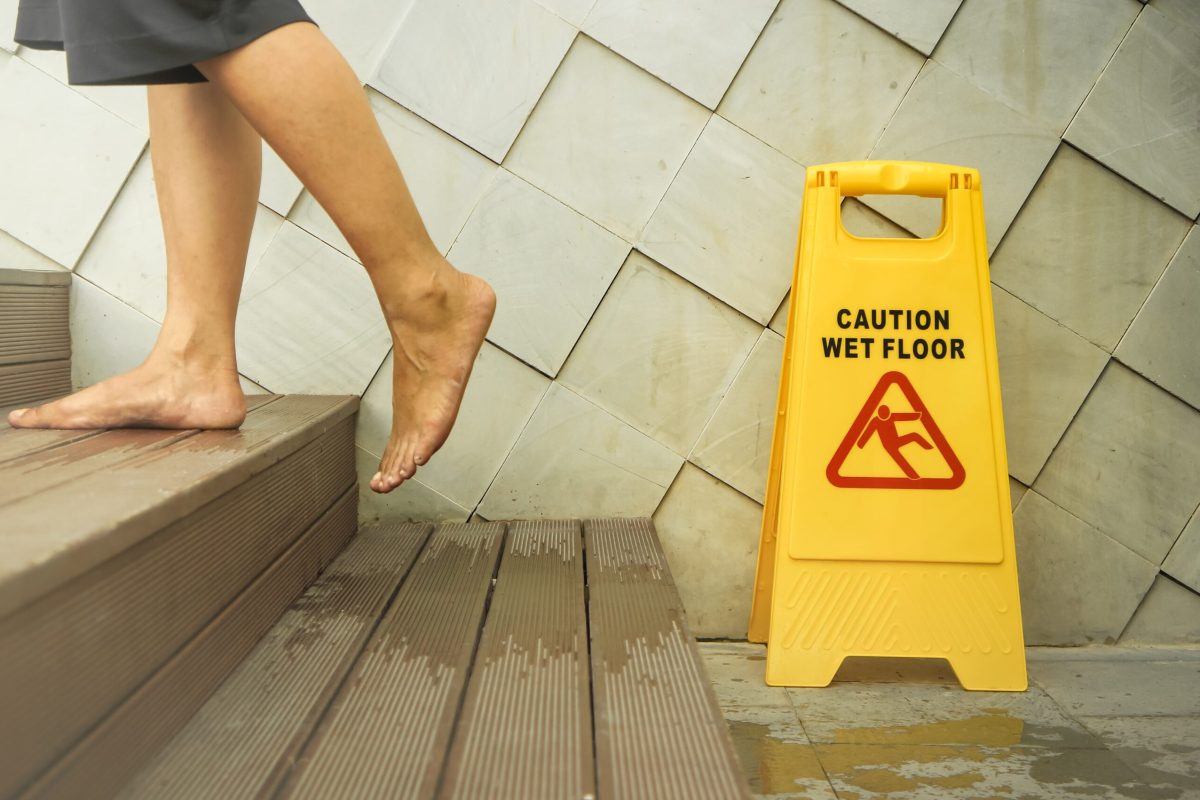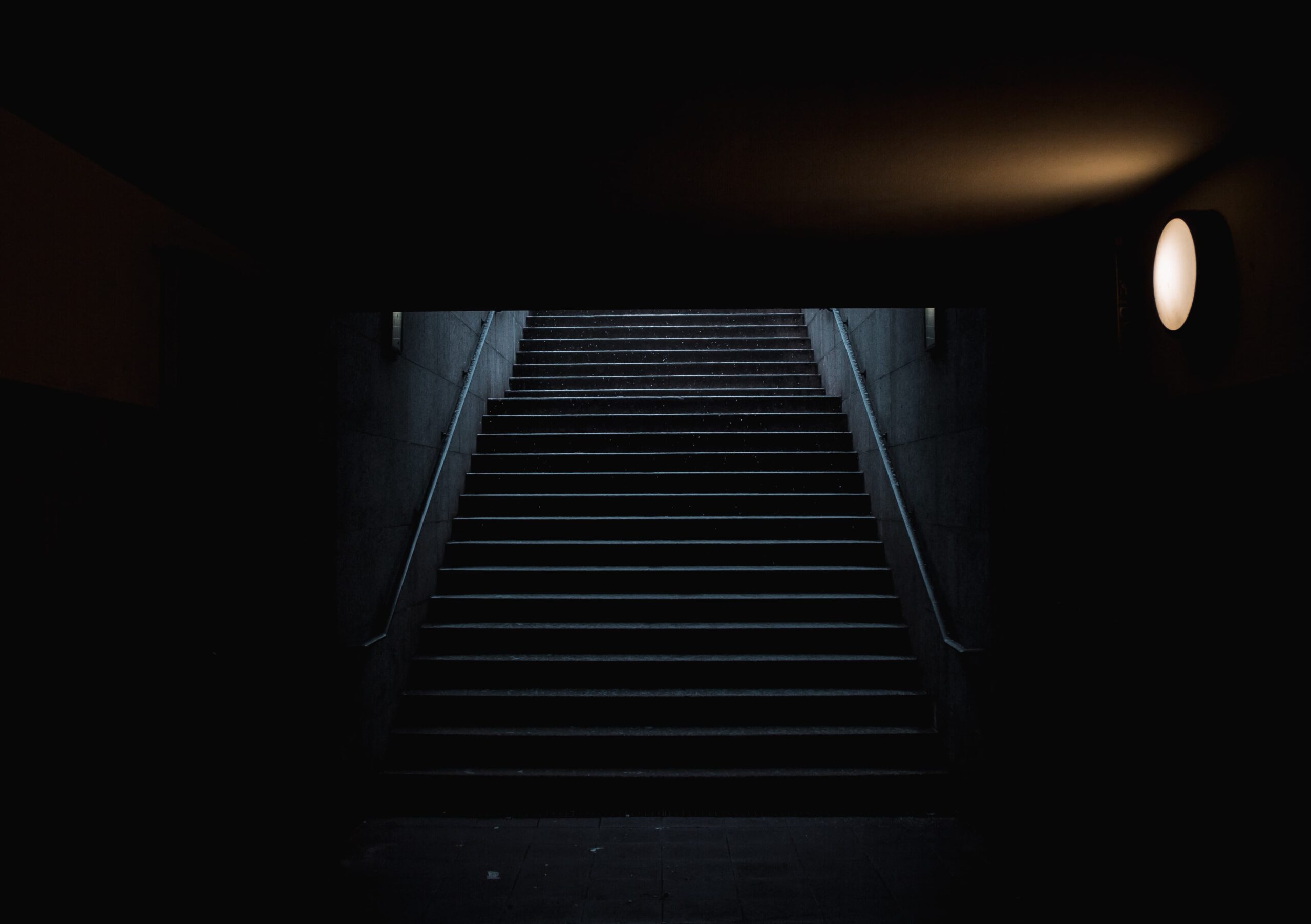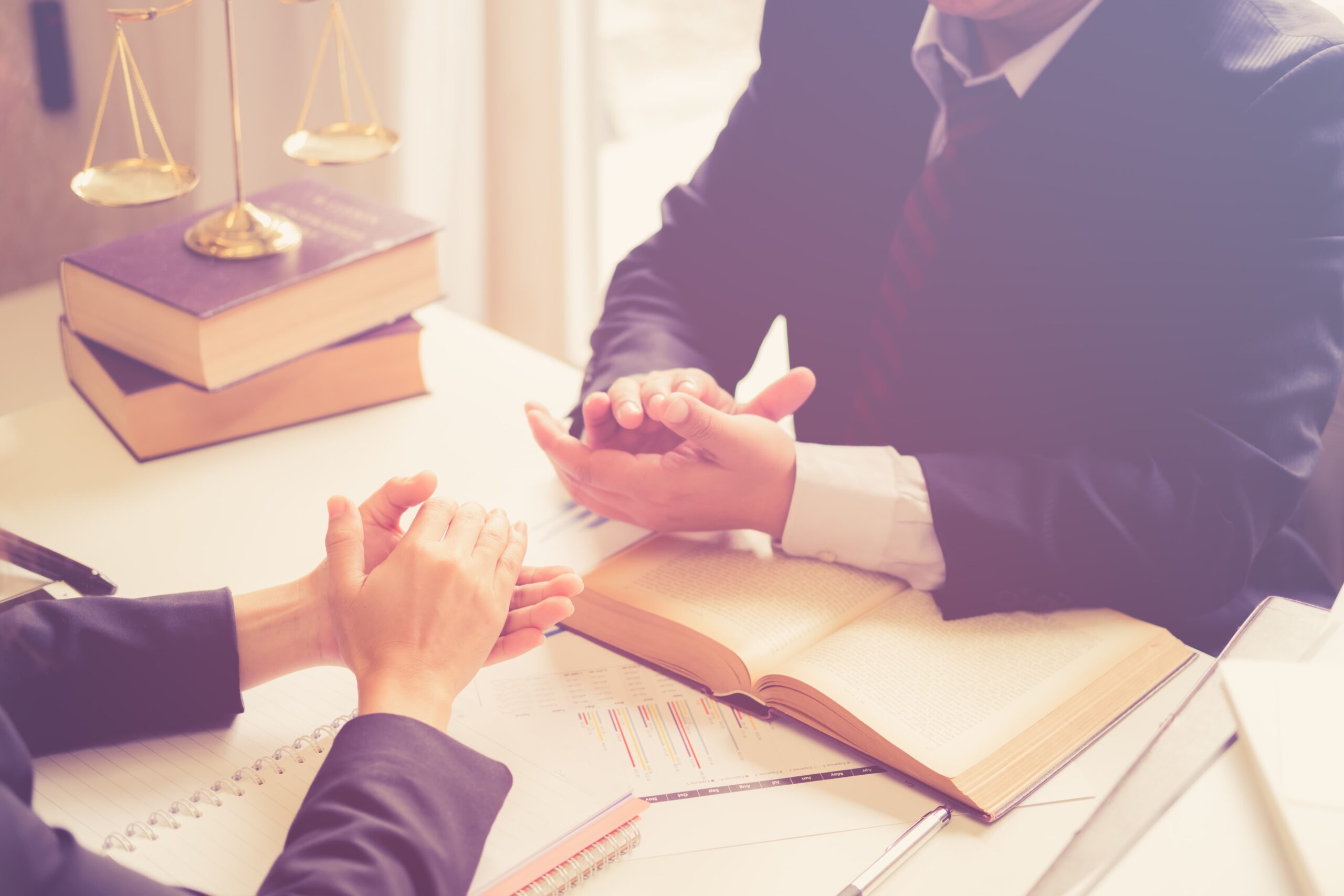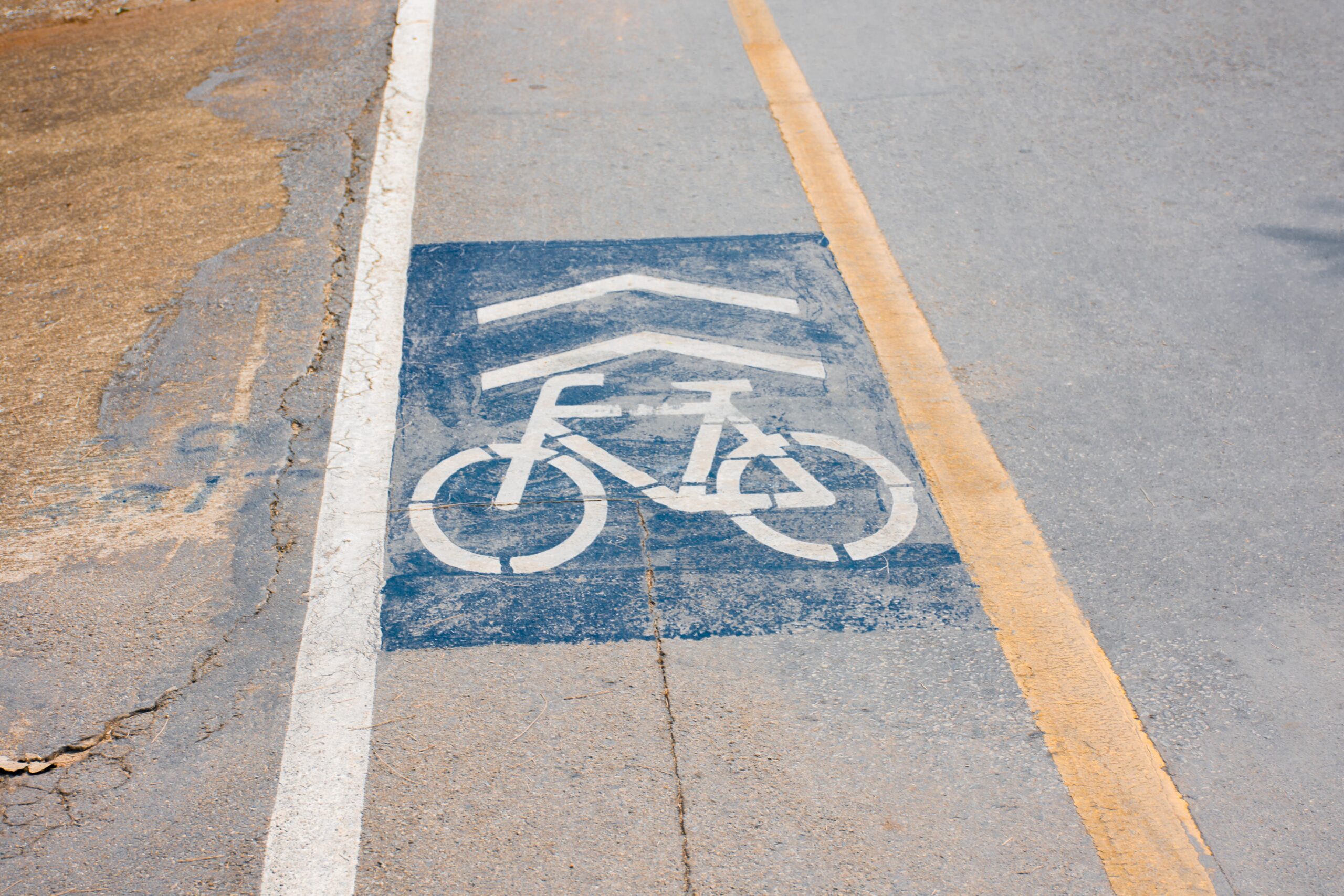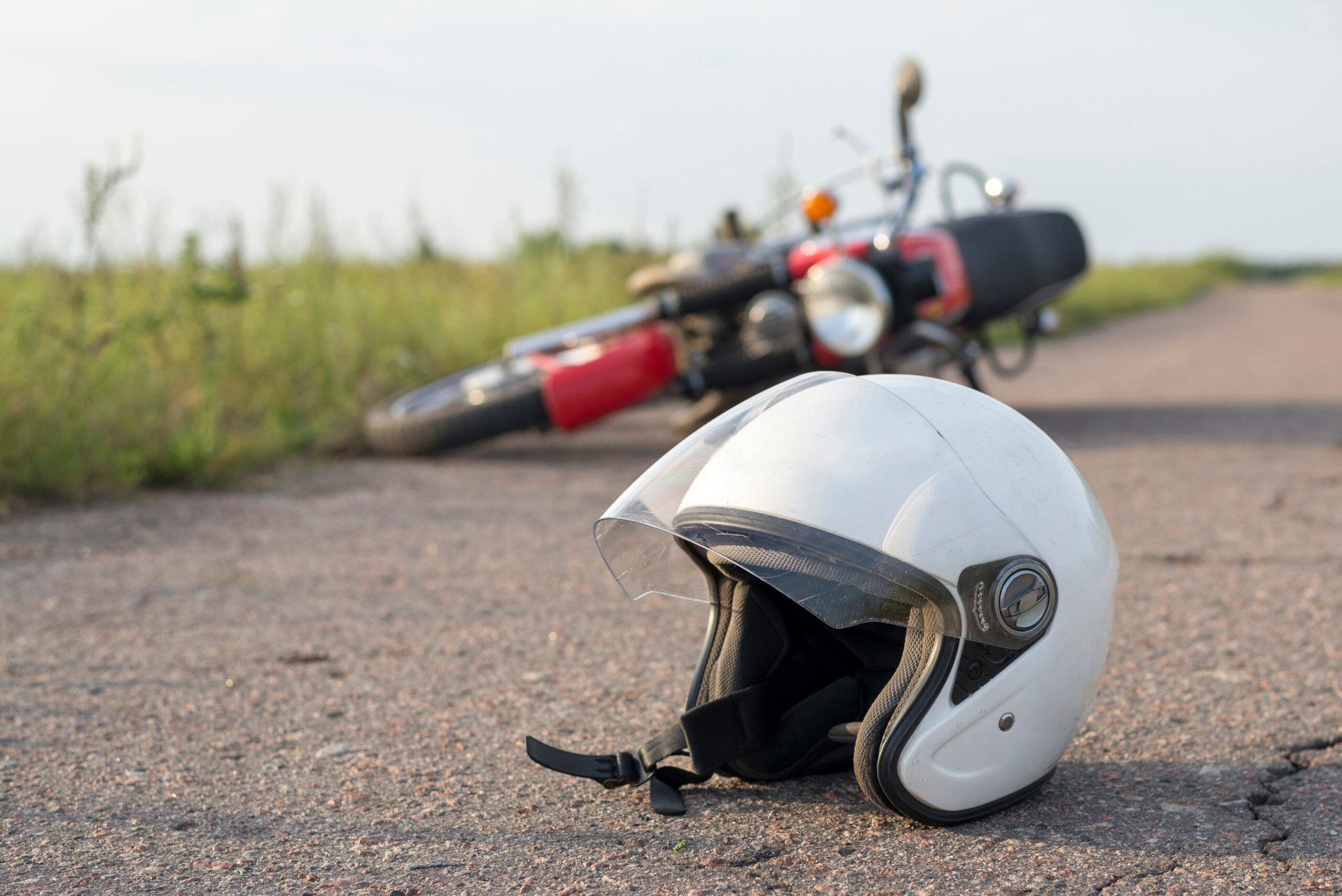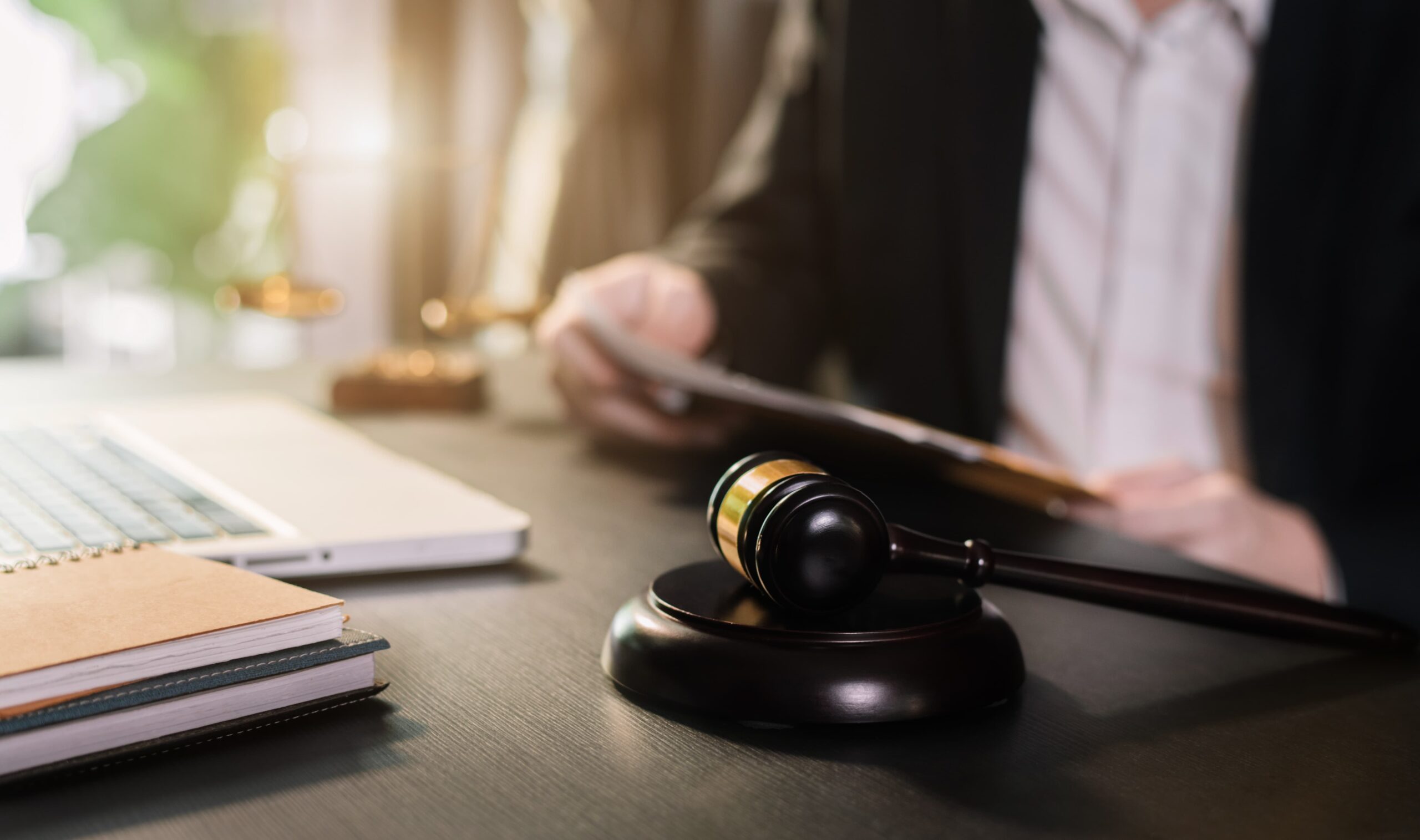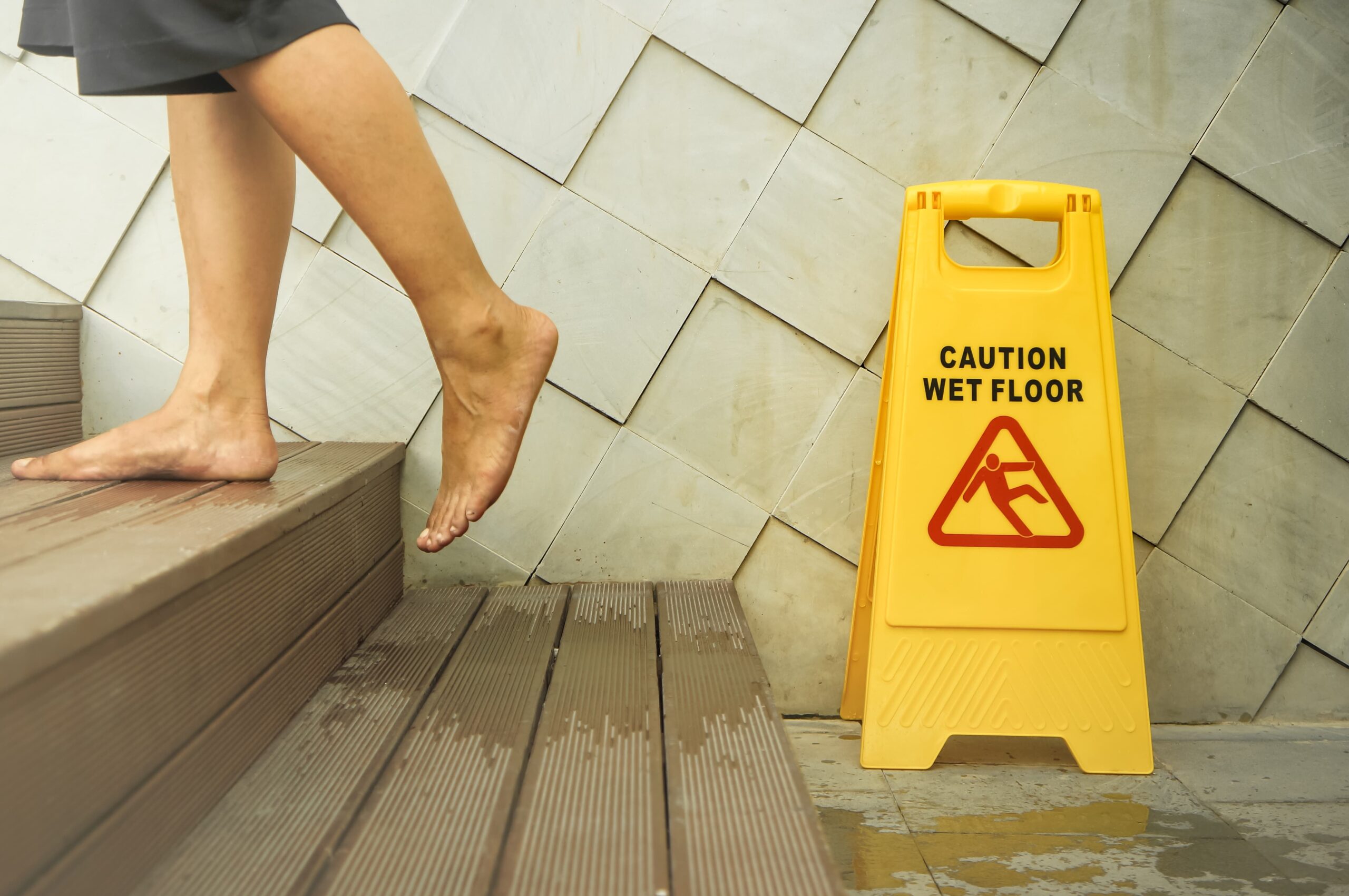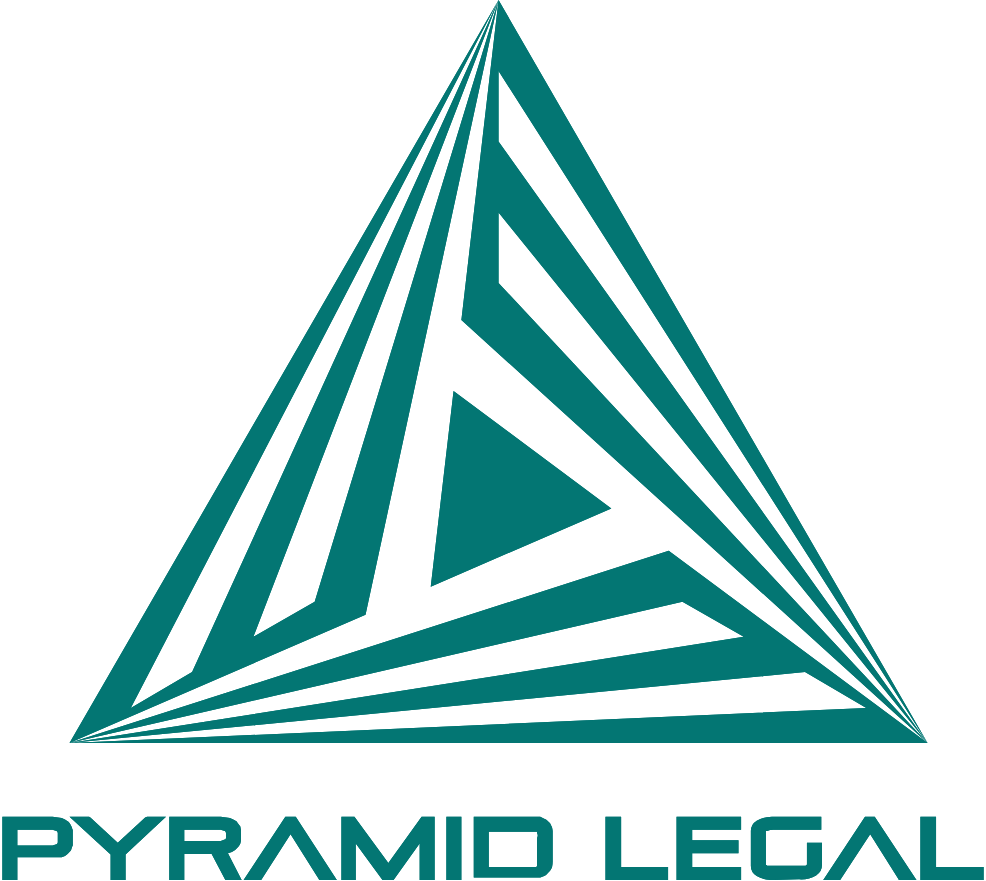TL;DR
Slip and fall injuries often happen because of preventable hazards that property owners should have fixed or warned about.
- Floors that are wet or slippery
- Flooring that isn't level and changes in height that aren't expected
- Bad lighting in stairwells and walkways
- Walkways that are full of stuff or blocked
- Handrails that are broken or not stable
- Dangerous conditions outside
- Not warning about known dangers
- Why these conditions can cause bad injuries
- When a slip and fall turns into a lawsuit
People typically don’t think about the many avoidable reasons that cause slip and fall incidents, which seem easy on the surface. People think it’s just a mistake or poor luck, yet most of these events are caused by harmful situations that could have been addressed or at least pointed out. When someone gets wounded because a property wasn’t kept fairly safe, it goes from being a minor problem to a major legal issue.
Here are the most prevalent reasons why people slip and fall and get hurt, and why these accidents keep happening in locations where people should feel safe.
Floors That Are Wet or Slippery
This is the first thing that comes to mind for most people, and for good reason. A freshly swept floor without a warning sign, drink spills in a grocery store aisle, tracked-in precipitation near an entry, or grease buildup in a restaurant can all make the ground dangerous. A lot of the time, these situations get worse because the risk isn’t clear until it’s too late. Someone steps forward thinking they will get good traction, but they don’t.
Flooring That Isn’t Level and Changes in Height That Aren’t Expected
The risk changes every time the floor moves. Someone could trip over loose tiles, missing pieces of flooring, sunken parts of concrete, or raised edges of carpeting. A person can lose their equilibrium with even a little change in height. A lot of falls occurs because there isn’t a visual indication or marking to show that a surface goes up or down.
Bad Lighting in Stairwells and Walkways

Lighting should help individuals see where they are going, but dull or uneven lighting achieves the reverse. When a stairwell or pathway isn’t well illuminated, dangers can blend in with the background. People don’t always get the right distance, miss stairs, or see something in their way. With simple upkeep and operating lights, these accidents may have been averted.
Walkways That Are Full of Stuff or Blocked
Keep hallways, aisles, and common walkways clear. In actuality, they often get full of things that don’t belong there, such boxes, loose cords, cleaning supplies, products, or other things. When someone is trying to avoid an obstacle in a messy area, they could trip, slip, or twist in an embarrassing way. These falls happen quickly since there isn’t much room for someone to fix their balance when there is a lot of stuff in the way.
Handrails That Are Broken or Not Stable
Handrails are meant to help people, especially in places where they are more likely to lose their balance. A handrail that is loose, broken, or missing completely is a concealed danger. People don’t understand how much they depend on railings until they need one and find that there isn’t one.
Dangerous Conditions Outside
Sidewalks, parking lots, and entrances to buildings can be equally as deadly as the inside. Potholes, uneven pavement, disintegrating sidewalks, standing water, and algae-covered surfaces are all sliding risks. Property owners may not always pay attention to these places, but guests go through them every day, and a fall outside can be just as bad as one inside.
Not Warning About Known Dangers
Visitors should be told about a danger even if it can’t be rectified right away. A notice, a barrier, or a cone can keep someone from getting hurt. People commonly slip and fall when the owner or manager of a property knew about a risk but didn’t tell anyone about it. People think the location is safe and stroll right into danger without a warning.
Why These Conditions Can Cause Bad Injuries
People who slip and fall can get hurt in many ways, from bruising to fractured bones, torn ligaments, spinal injuries, or brain traumas. A lot of victims don’t expect the long rehabilitation time that comes after. This kind of accident stops people from going about their regular lives, working, moving around, and following their routines. What makes these injuries so annoying is that most of them could have been avoided with simple maintenance and safety precautions.
When a Slip and Fall Turns Into a Lawsuit
If someone in charge didn’t fix or warn others about a risky situation that resulted to a slip and fall, it becomes a legal concern. The most important thing is whether the owner or manager of the property operated in a reasonable way. If the risk was recognized, disregarded, or not dealt with for long enough that someone should have done something, the person who got hurt may have a case.
Knowing what caused the fall is a key first step in figuring out what to do next. A lot of people blame themselves, but a lot of slip and fall accidents happen because a property wasn’t kept safe the way it should have been.
For more information, visit Pyramid Legal or review safety guidelines from the National Safety Council.

